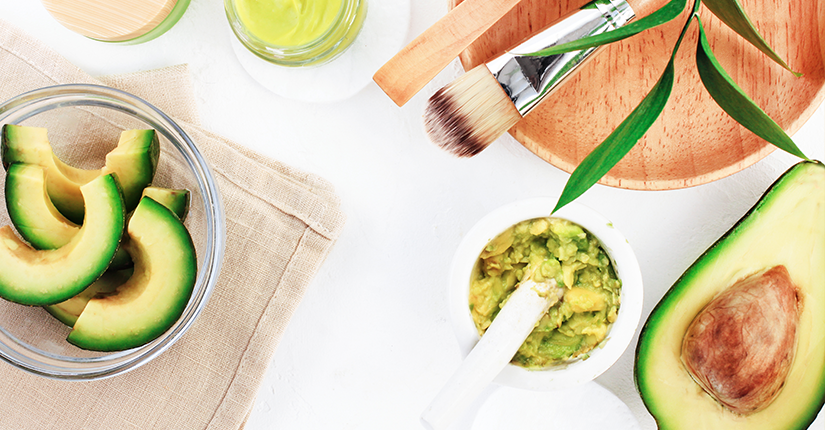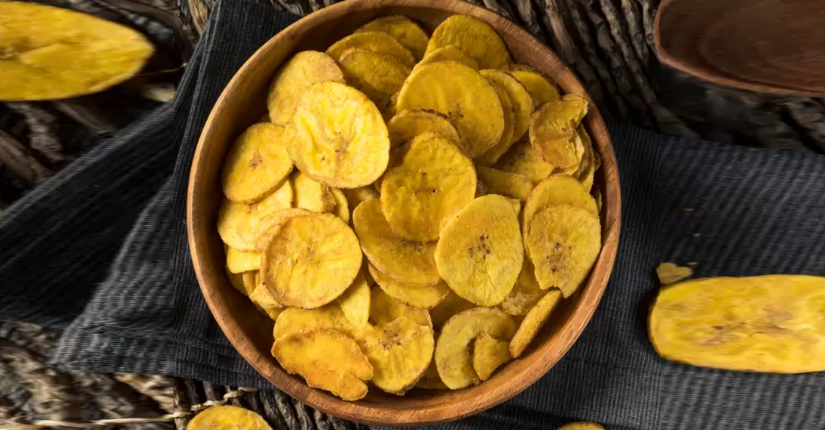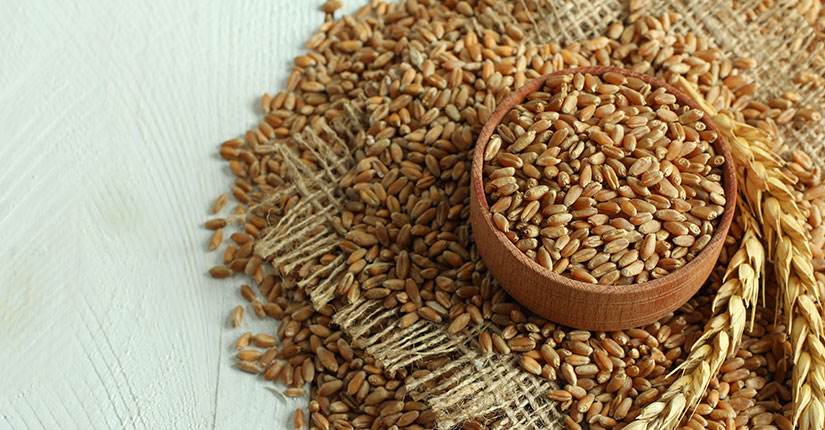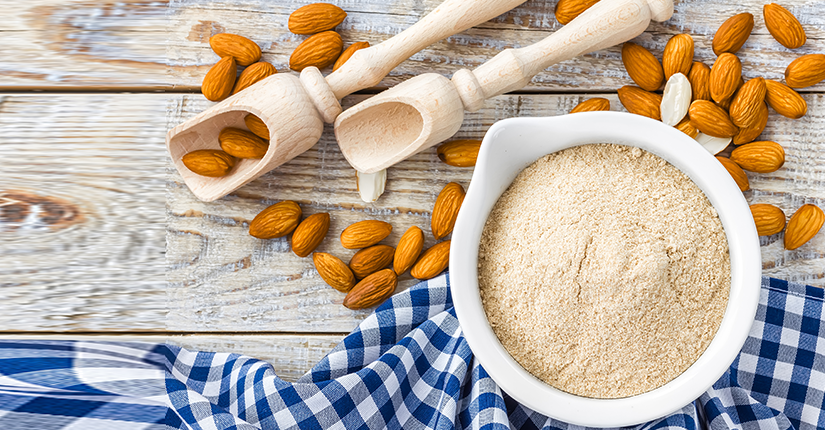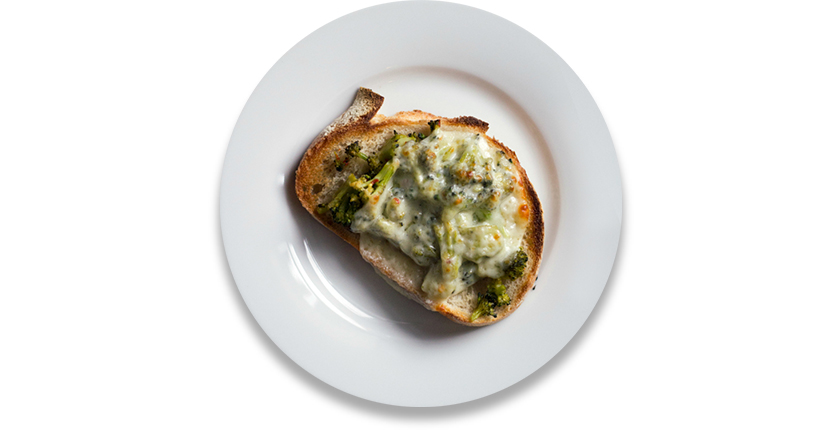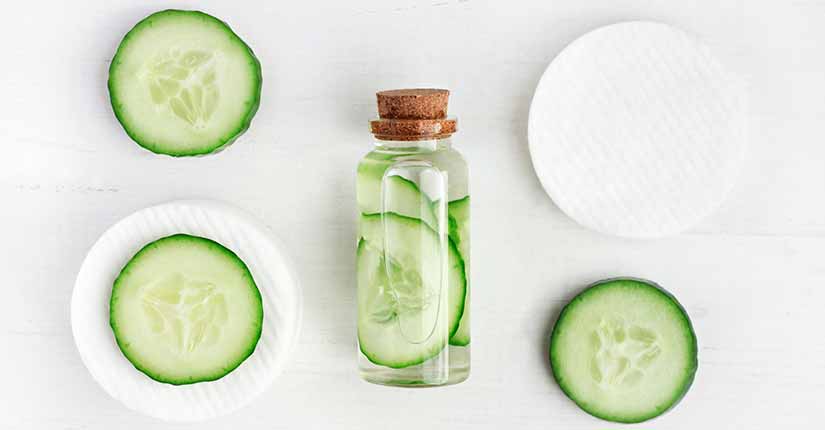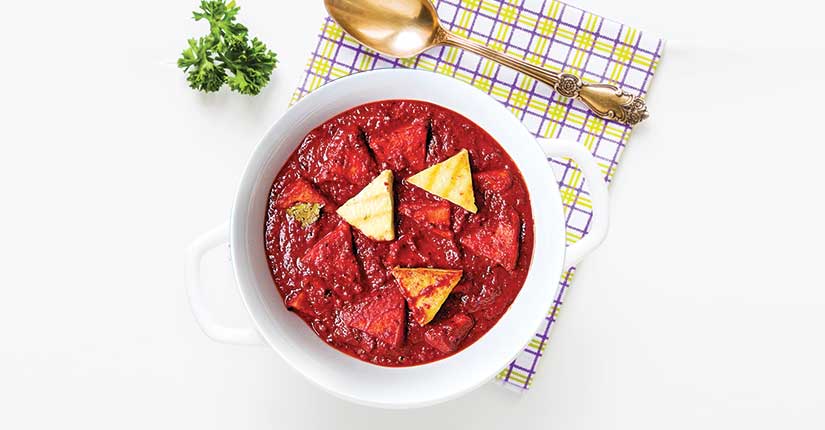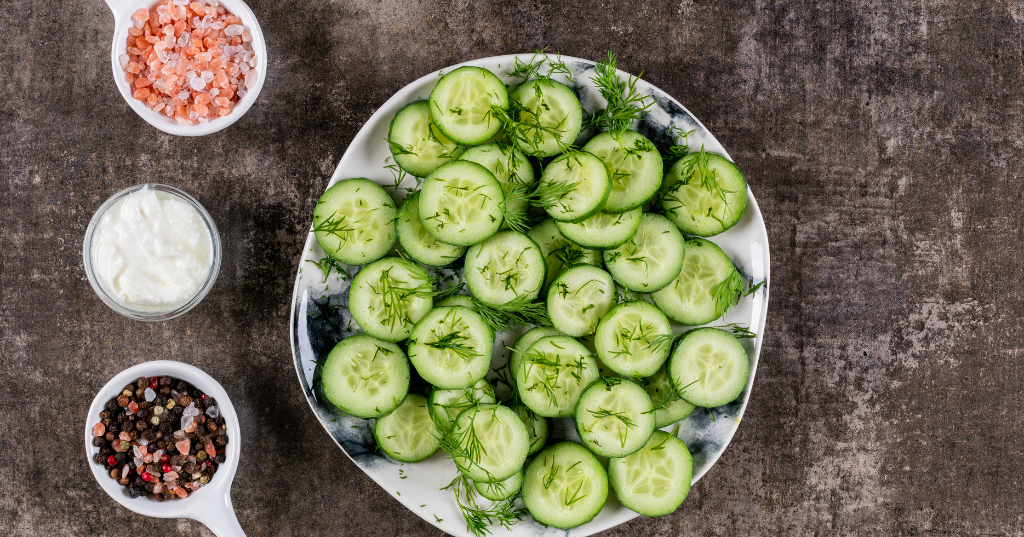Nutrition and Juvenile Arthritis: 5 Foods that Help and 5 Foods to Avoid
By Nmami Agarwal 17-Jul 2023 Reading Time: 12 Mins
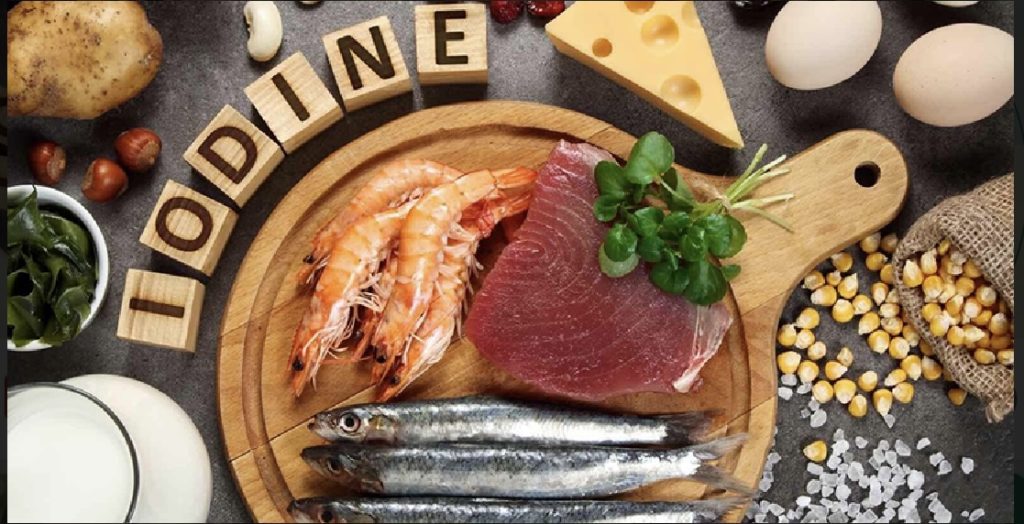
Juvenile Arthritis is a chronic autoimmune disease that affects children under the age of 16 and it can cause severe pain and inflammation in the joints and other parts of the body. While there is no known cure for juvenile arthritis, maintaining a healthy diet can help manage the symptoms and improve the overall quality of life. Nutrition plays a crucial role in managing this condition, but with so much conflicting information out there, it can be difficult to know what to eat and what to avoid. We will explore the Do’s and Don’ts of building a healthy diet for children with juvenile arthritis and discuss about the importance of nutrient-dense foods, hydration, and avoiding trigger foods.
Understanding Juvenile Arthritis and its impact on Nutrition
Juvenile Arthritis is a chronic autoimmune disease that affects about 300,000 children in the United States and this condition is characterized by inflammation in the joints, which makes movement painful and difficult for young patients. In addition to the physical challenges, Juvenile Arthritis can also impact a child’s nutritional intake the pain, stiffness, and fatigue can make meal preparation and eating a struggle, which can lead to weight issues and nutritional deficiencies. It is important for parents and caregivers to understand the impact of Juvenile Arthritis on nutrition and to work with healthcare professionals to create a personalized nutrition plan for their child. In general, a healthy and balanced diet that includes a variety of fruits, vegetables, lean protein, and whole grains is recommended for children with Juvenile Arthritis. Foods that are high in anti-inflammatory properties, such as omega-3 fatty acids found in fish and nuts, may also help reduce inflammation and pain. On the other hand, highly processed and high-sugar foods should be limited as they can contribute to inflammation and worsen symptoms and it is also important to monitor for any food sensitivities or allergies that may exacerbate Juvenile Arthritis symptoms.
The importance of a balanced diet for children with Juvenile Arthritis
A balanced diet is essential for children with Juvenile Arthritis (JA) as it plays a crucial role in managing their symptoms and balanced diet should include a variety of foods from each food group, including fruits, vegetables, whole grains, lean proteins, and healthy fats. These foods provide the essential vitamins, minerals, and nutrients that are necessary for the body’s proper functioning. It is also important to include foods that are rich in antioxidants, such as berries, leafy greens, and colorful vegetables, as they can help reduce inflammation in the body as omega-3 fatty acids found in fish, nuts, and seeds are also beneficial as they have anti-inflammatory properties that can help reduce joint pain and stiffness. However it’s important to limit foods that can increase inflammation in the body which include processed foods, sugary drinks, and foods high in saturated and trans fats. It’s also important to limit the consumption of red meat and dairy products, as they can trigger joint pain and inflammation in some people with JA.
The nutrients that are most important for children with Juvenile Arthritis
When it comes to children with Juvenile Arthritis, it’s crucial to focus on a healthy and balanced diet that includes foods that are rich in certain nutrients which can help to support their immune system, reduce inflammation, and promote overall health and wellbeing. One of the most important nutrients for children with Juvenile Arthritis is omega-3 fatty acids as these fatty acids can be found in foods such as fatty fish (like salmon and tuna), chia seeds, flaxseeds, and walnuts. Omega-3 fatty acids have been shown to help reduce inflammation in the body, which can help to manage the symptoms of Juvenile Arthritis. Another important nutrient is Vitamin D, which helps to promote strong and healthy bones moreover children with Juvenile Arthritis are at a higher risk of developing bone and joint problems, so it’s important to ensure that they are getting enough Vitamin D in their diet. Foods that are high in Vitamin D include fatty fish, egg yolks, and fortified dairy products. Calcium is also important for strong bones, and can be found in dairy products, leafy green vegetables, and fortified foods and do not forget Vitamin C that is an important for supporting the immune system and reducing inflammation, and can be found in citrus fruits, berries, and leafy green vegetables.
Foods to avoid for kids with Juvenile Arthritis
Children with Juvenile Arthritis often have a compromised immune system and an inflammatory response to certain foods and it is important to know which foods to avoid to keep their condition under control. Processed foods that are high in saturated fats, sugar, and salt should be avoided as they can lead to inflammation and exacerbate the symptoms of Juvenile Arthritis. Foods that contain gluten, such as wheat, barley, and rye, should also be avoided as they can trigger an immune response in some children.
Nightshade vegetables, such as tomatoes, potatoes, eggplants, and peppers, contain a chemical called solanine that can cause inflammation in some children with Juvenile Arthritis. It is also important to avoid any food that your child may be allergic to, as an allergic reaction can cause inflammation and worsen the symptoms of Juvenile Arthritis.
By avoiding these foods, you can help manage your child’s symptoms and promote a healthier lifestyle.
Juicing as a way to add nutrition to a child’s diet
Juicing is a great way to add nutrition to a child’s diet, especially if they are a picky eater. Juicing involves extracting the juice from fruits and vegetables, leaving behind the pulp and fiber and this concentrated juice is packed with vitamins, minerals, and antioxidants that are essential for a child’s health. While juicing can be a great way to add nutrients to a child’s diet, it’s important to keep in mind that it should not replace whole fruits and vegetables entirely. Whole fruits and vegetables contain fiber, which is important for digestive health and can help regulate blood sugar levels. Additionally, fiber helps keep a child feeling full and satisfied, reducing the likelihood of overeating.
When juicing for a child with juvenile arthritis, it’s important to choose fruits and vegetables with anti-inflammatory properties, such as ginger, turmeric, and leafy greens. These ingredients will help you to reduce inflammation in the body, which is especially important for children with juvenile arthritis.
Healthy snack ideas for children with Juvenile Arthritis
Children with Juvenile Arthritis require a healthy and nutritious diet to help manage their symptoms. Snacks are an important part of the diet as they provide the necessary energy and nutrients to keep the child going throughout the day and the key is to focus on snacks that are low in sugar, salt, and unhealthy fats, yet high in protein, vitamins, and minerals. Some healthy snack options for children with Juvenile Arthritis include fresh fruits and vegetables such as carrot sticks, apple slices, and cherry tomatoes and these can be paired with a dip made from Greek yogurt or hummus for a protein boost.
Nuts and seeds are also a great snack option as they are high in healthy fats and protein including almonds, cashews, chia seeds, and pumpkin seeds. For a sweet treat, try frozen fruit bars or homemade fruit smoothies made with Greek yogurt and berries. These provide a sweet taste while also giving the child a boost of vitamins and fiber.




